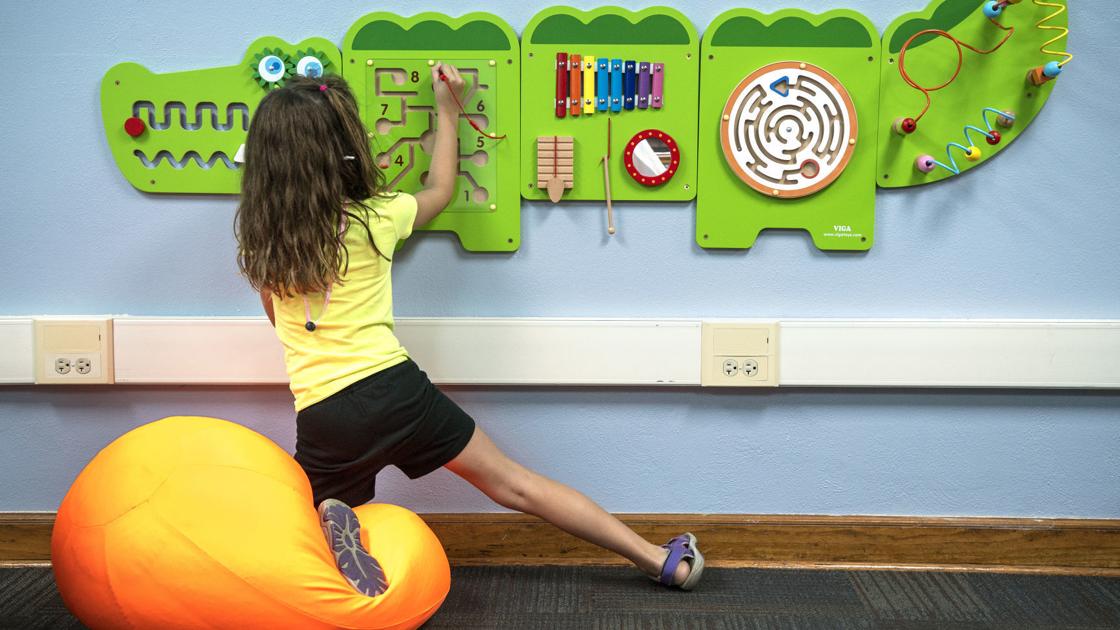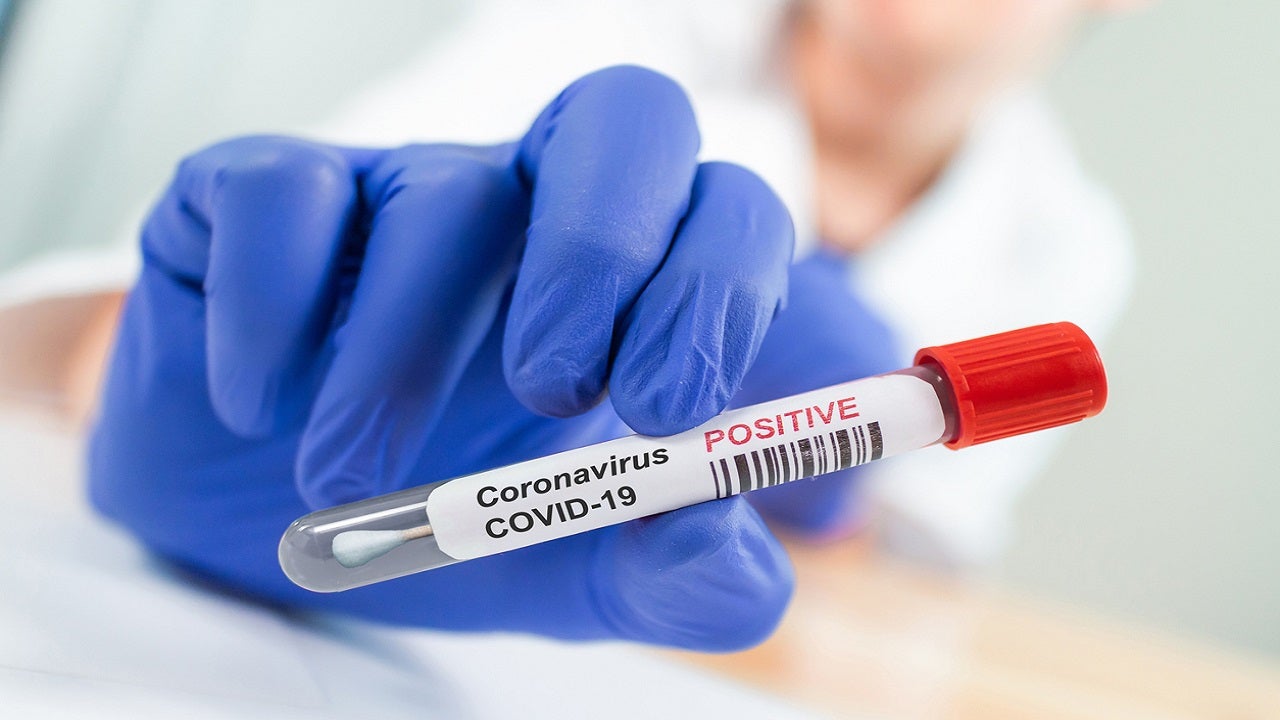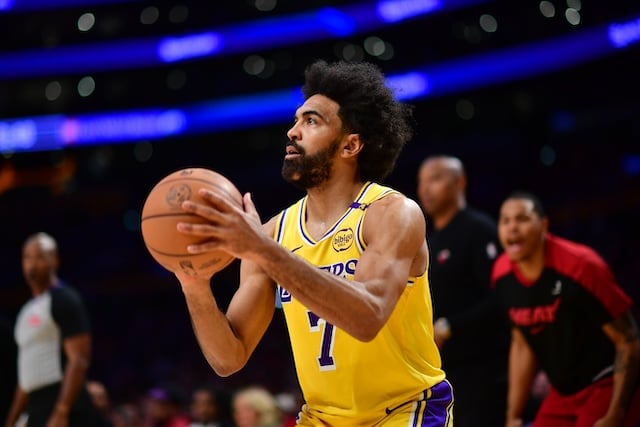The negative effects of the pandemic are boosting an already vicious circle: students from low income homes tend to have access to fewer educational enrichment opportunities and are more likely to go to schools that are historically under-funded.
The opportunity gap that Garcia and Weiss warned about always existed — but it got worse in the pandemic.
“This is not new,” Garcia, who focuses on education policy in her work as an economist, told CNN Business. But the consequences from the pandemic will compound and last beyond just the short-term, she said.
“Kids are resilient and they learn something, so the question is going to be what each kid learned. That’s going to be very different,” said Betsey Stevenson, a professor of public policy and economics at the University of Michigan who served on President Barack Obama’s council of economic advisers.
Although some children may have gotten ahead in a particular subject during remote learning, others are now further behind than they were before the pandemic.
Double-whammy for lower income households
“We have this bifurcated society where some kids’ parents are in their 20s and some kids’ parents are in their 40s,” Stevenson said. And this makes a difference when it comes to household wealth and educational opportunities afforded to children.
This, too, was an issue before the pandemic. But it got worse because of it.
“People who are a little bit older have more established work lives. That just means higher incomes,” said Stevenson. “Everyone is earning less in their 20s than in their 30s. And for people with higher education that curve is steeper.”
On top of that, people with higher levels of education tend to delay child rearing longer, which exacerbates the wealth inequality between younger and older parents even further.
An uneven return to school
Re-engaging students after more than a year in non-traditional learning scenarios will be a steep challenge for educators and the government alike.
Personalized learning for students and increased resources for schools and teachers are some obvious ways to start attacking this problem, Garcia said. But pandemic opportunity gaps can’t be solved with a one-size-fits-all approach.
“This is not about a unique solution. This is about learning and understanding how kids were learning and developing during the pandemic,” Garcia said.
Worse still, the students most likely to benefit from re-engagement initiatives are also more likely to be in areas where schools are historically under-resourced, she added.
It’s too early to tell how the pandemic effects will play out for the generation of school kids who went through Covid-19. Those who can’t catch up on the material could still be at a disadvantage when they enter adulthood.
“It will be the case that some kids will just not find their way back to school,” Garcia said.
Action before data
The pandemic was so sudden and devastating that policymakers have had to come up with plans before much of the data detailing the damage was in. The situation is similar here.
“We need to distribute a lot of resources over the next three years to make sure our kids are healed and are made whole for the pandemic,” said Stevenson.
“You may or may not be able to measure how far ahead or behind a student is. But these disparities increase. So if you really want to intervene, you have to think about the strategies that are necessary,” Garcia added.
This could require more leadership from local school districts or incentives provided by state or even the federal government to close the gaps.







